Ever marveled at the rich hue of Meranti wood but wondered about its downsides? Dive in to uncover the hidden challenges of this popular hardwood! Curious? Let’s explore!
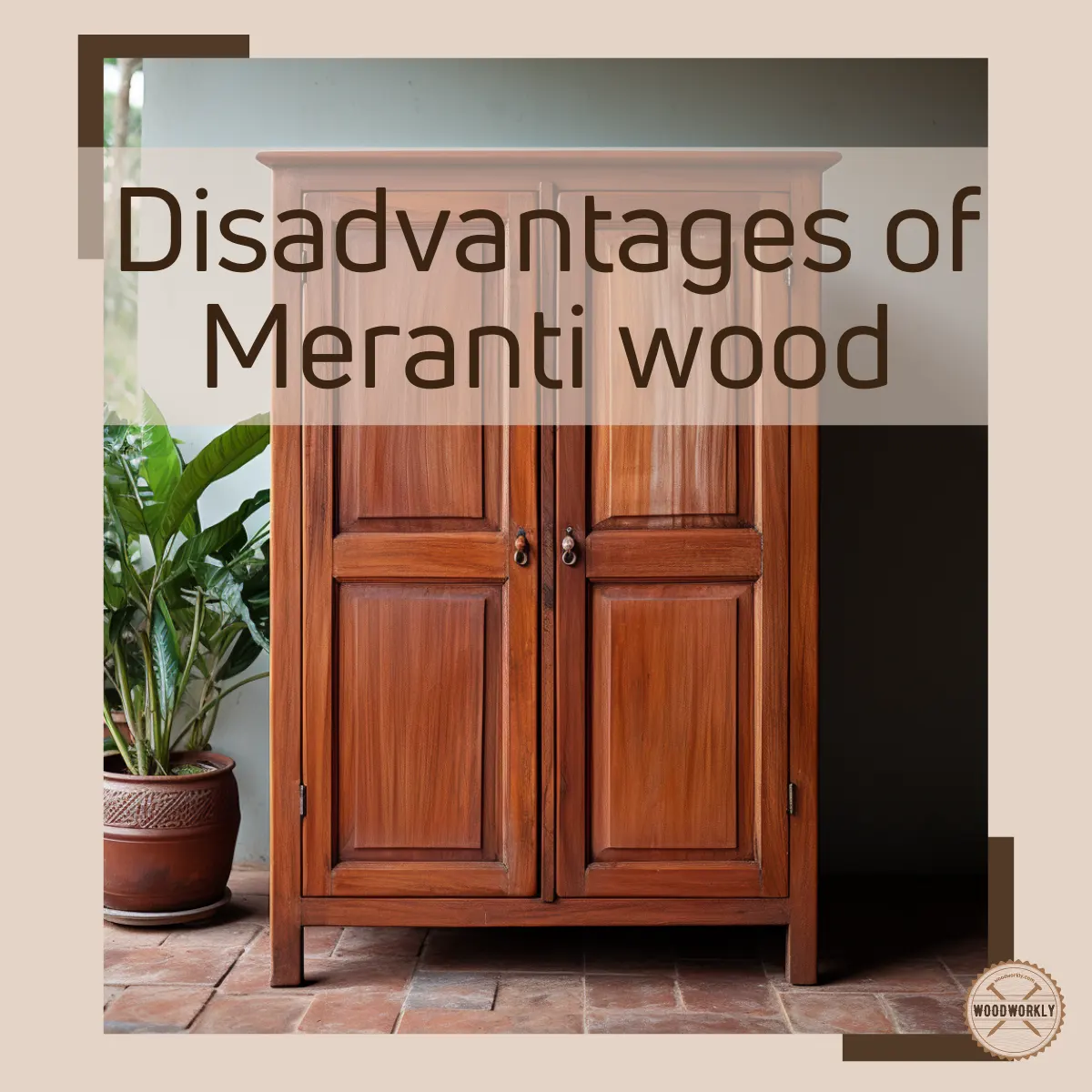
Meranti wood is one of the popular hardwoods which is popular because of its high workability.
It is so much easier to work with Meranti with both power tools and hand tools.
Meranti can be used for flooring, interior furniture, doors, windows, and many other woodworking projects.
But on the other hand, there are some disadvantages of Meranti wood as well. I was curious to know them since I was about to use Meranti wood for a special heavy-duty project.
So, I did a deep research about the drawbacks of meranti wood and was able to find really good info thanks to the experts.
Here’s the list of Meranti wood disadvantages,
- No weather resistance
- Expensive wood
- Susceptible to insect attacks
- Need regular maintenance
- Hard to identify
- Poor durability and strength
But there’s a lot more to know!

In this article, I’ll explore Meranti wood disadvantages in detail and discuss how to fix them with ease.
Furthermore, I’ll answer some frequently asked questions as well.
Let’s jump in!
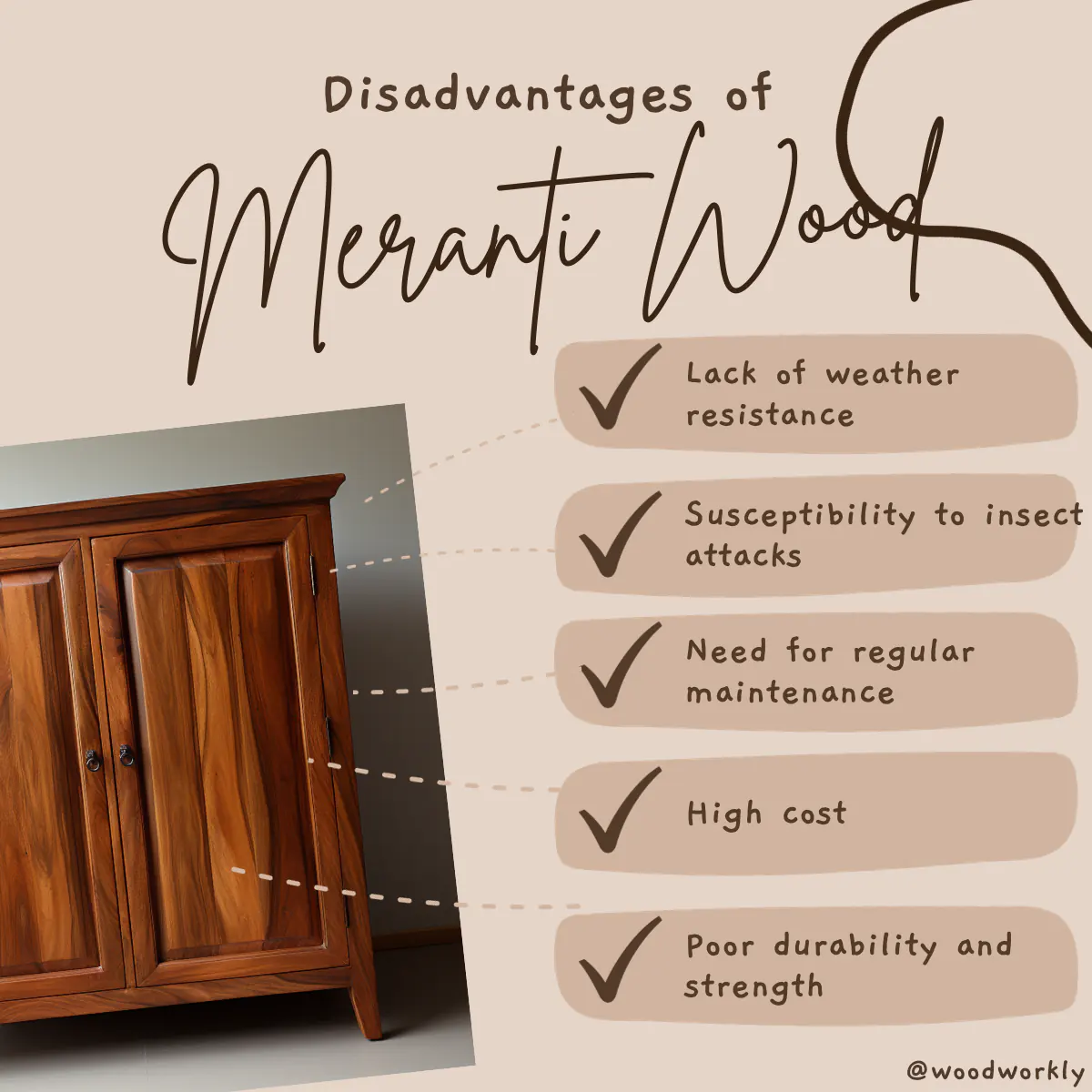
To make things go, first, have a look at some advantages of Meranti wood.
Advantages Of Meranti Wood
Here are the main advantages of meranti wood,
- Easy to work with
- Dimensional stability
- Resistant to warping and twisting
- Has dulling effect
- Beautiful appearance
As you can see Meranti wood is equipped with lots of benefits that are useful for any kind of woodworking project.
But there are some drawbacks as well.
So, let’s see Meranti wood’s disadvantages to get a clear, wide knowledge about the characteristic features of the wood.
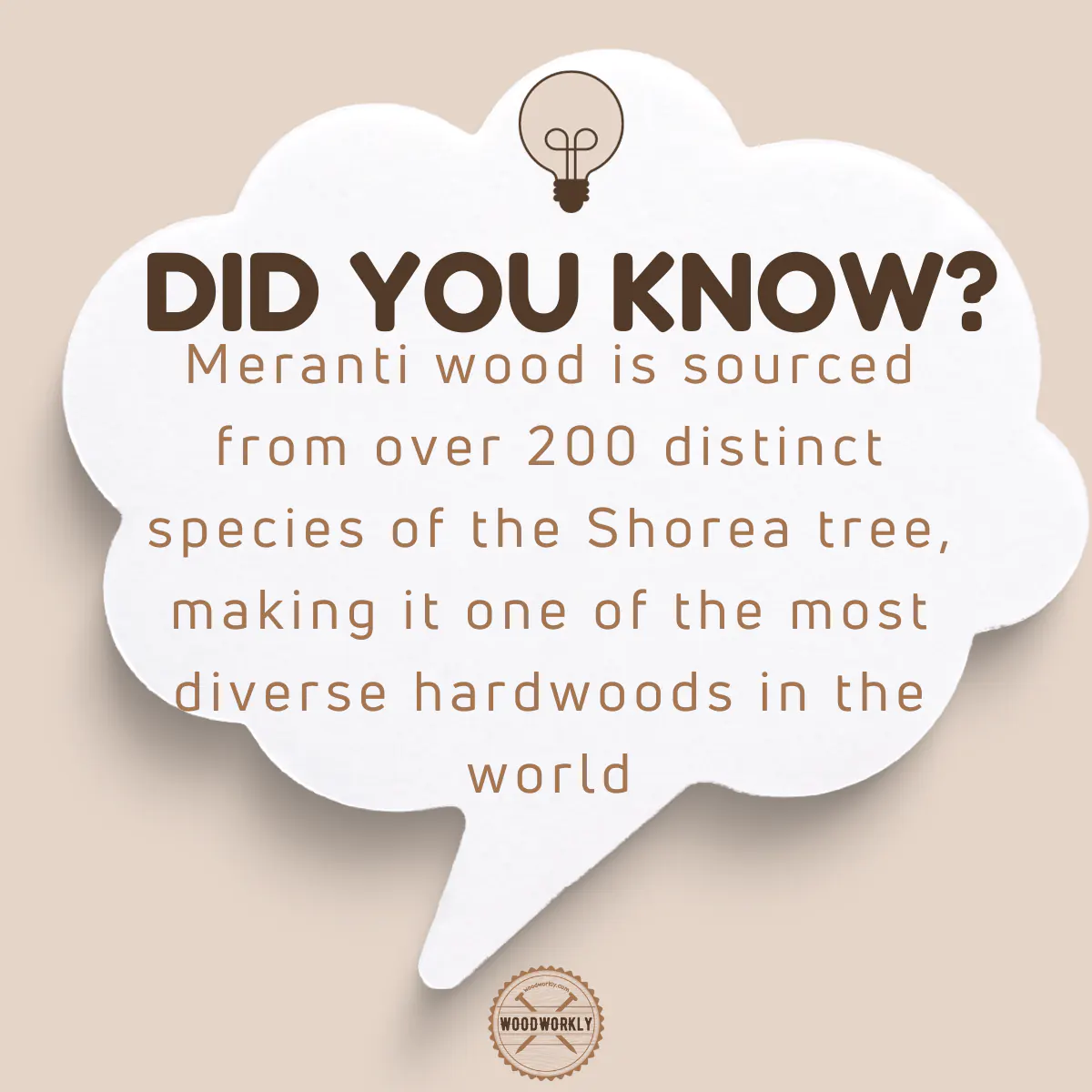
Disadvantages Of Meranti Wood
Let’s have a look at the disadvantages of Meranti wood in detail and how to fix them.
1. No Weather Resistance
Even though Meranti is a hardwood that comes from a Shorea tree species, it has no weather resistance to withstand temperature variations, climate changes, and harsh weather conditions.
Meranti wood may get cracked and peeled under tough weather conditions.
During dry climates, you should apply a sealant to protect the wood from cracking and splitting.
Meranti wood fibers lose their strengths due to thermal expansions and break under rough weather conditions.
When the environmental humidity is high, the moisture will easily penetrate the Meranti wood fibers and damage the wood.
Plus, Meranti woodworks should not be placed in direct contact with outdoor grounds.
Therefore, Meranti is not a good option for fencing.
In order to protect Meranti wood from harsh weather conditions, you should finish and seal the wood with quality products like lacquer, varnish, and finishing oils.
They prevent wood moisture from going inside of the wood which causes wood to rot.
If you place Meranti wood furniture or any other woodwork outside with no finishing, the moisture will attack the wood and start rotting the wood from inside.
Therefore, make sure to seal and finish Meranti wood before using it for any application.
Once the wood starts to rot and decay due to the weather, there’s no use in applying a sealant or finisher on top of the wood.
You’ll have to restore the wood by removing the rotted area and by applying a quality product like FlexSeal to stop the wood from further rotting.
If you live in an area with frequent weather fluctuations, better not to use Meranti for outdoor woodworking projects since it’s soft, less dense, and cannot tolerate environmental impacts.
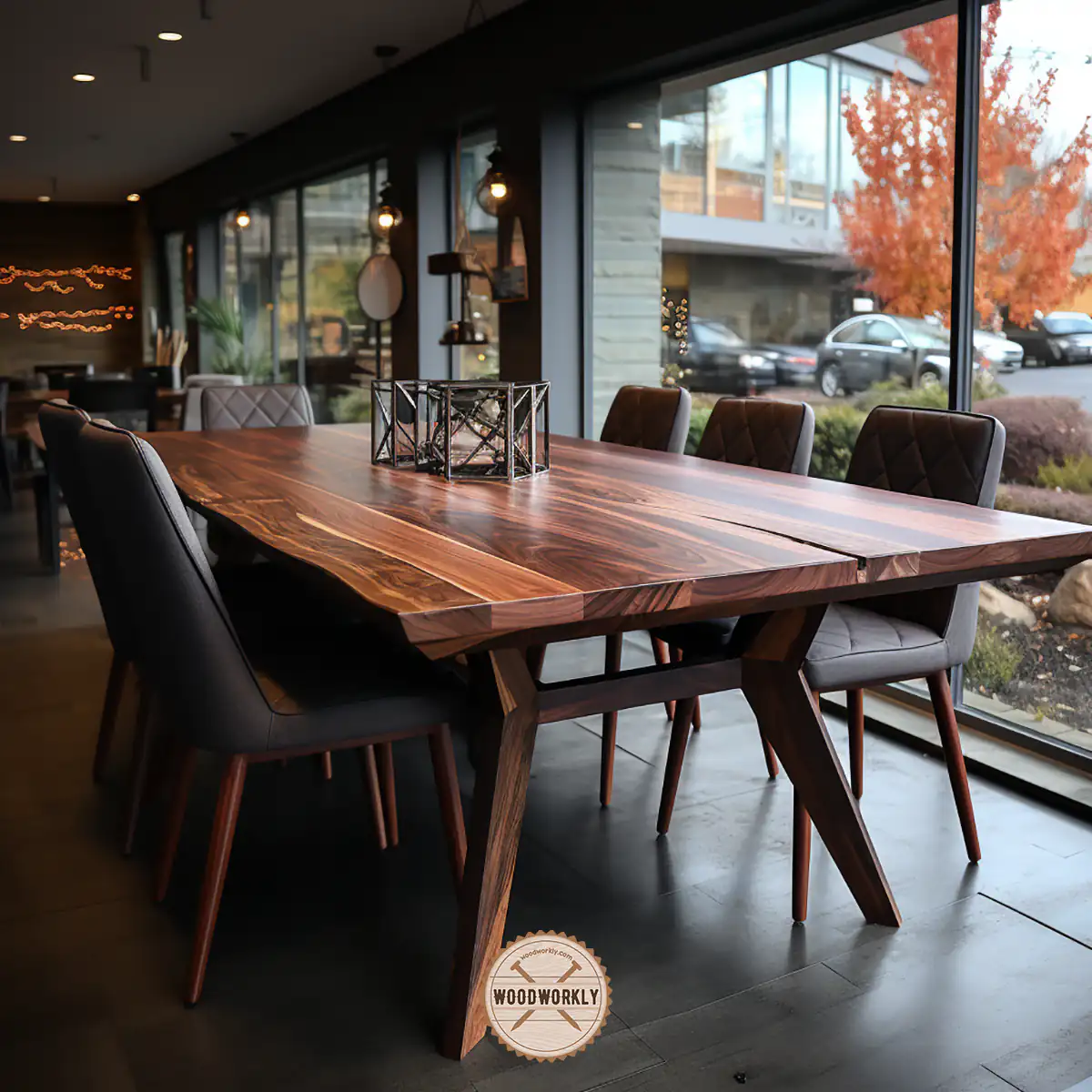
2. Expensive Wood
Compared to many other soft hardwood species, Meranti wood is expensive. This is because of its less availability.
Plus, the wood has a unique characteristic deep red color with purple hardwood which has become a trending color in modern homes.
Because of its characteristic color, uniqueness, and less availability the price of Meranti lumber has increased.
By using Meranti wood, you’ll be able to get the luxurious visual appeal of expensive woods.
But in other words, it is so expensive than the soft hardwoods like Poplar, and Maple that has almost similar properties to Meranti.
3. Susceptible To Insect Attacks
Meranti wood is prone to insect attacks. This is one of the main drawbacks of Meranti wood which is hard to skip especially when it comes to outdoor woodworking projects.
Meranti wood attracts insects and bugs, and they damage the wood by eating and laying eggs inside the wood.
Meranti is soft and insects can easily damage the wood. Meranti wood does not have insect repellant ability like Cedar.
Never keep your Meranti wood furniture and woodworks untreated since insects will always find a way to enter into the wood even the furniture kept inside.
You need to apply a proper sealant or finisher to make your Meranti wood furniture protected from insect attacks.
Once the wood is chemically treated, it will get the insect repellant ability and the insect will no longer get access to the wood.
Or you can apply oil finisher like tung oil, teak oil, and Danish oil to protect the wood from insect attacks.
Those finishes are environmentally friendly and develop a protective beautiful coating over Meranti wood while preventing insect attacks.
Wood finishes repel insects and bus and prevent them from laying eggs on the surface.
Finishing Meranti is essential for outdoor projects like making garden beds since those areas are the kingdoms of insects.

4. Need Regular Maintenance
Even though Meranti belongs to the hardwood family, it has poor density and durability compared to other hardwoods like Oak, Mahogany, etc.
Therefore, Meranti wood furniture and woodworks need regular maintenance than regular hardwoods to make them live much longer.
According to the Janka hardness ratings, Meranti wood has a hardness of 800 lbf (3,570 N) which is significantly less than many other hardwoods. The wood is extremely soft and less dense.
Janka hardness test is the standard method of measuring the hardness of particular wood by considering its resistance to wear and tear.
For example, if a particular wood has high wear and tear resistance, that means it has a high Janka hardness rating.
Likewise, due to poor hardness and density, Meranti wood cannot tolerate environmental impacts, moisture conditions, and temperature variations.
The finishing coat needs to be there always to protect the wood consistently throughout its lifetime.
If the finishing coat has faded away over time, the wood will get exposed to the outside air and get damaged due to moisture, humidity, UV light, and so many other things.
Therefore, regular maintenance and caring are so important.
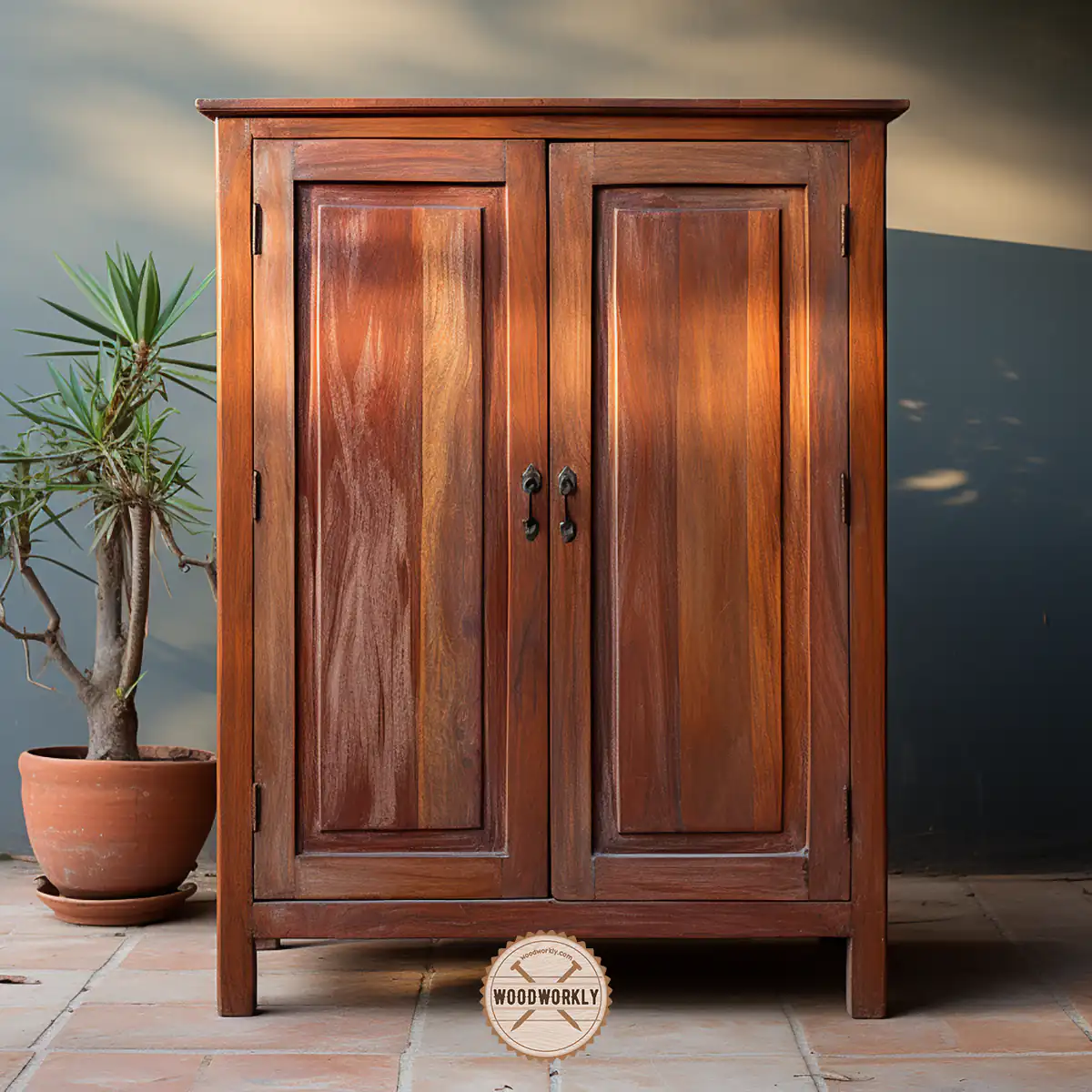
In order to keep Meranti wood furniture and woodworks for so long, you need to reapply the sealant or wood finisher at least once per year to keep the protection constant.
Plus, clean the Meranti wood surface regularly to eliminate dust, and debris since they may damage the wood and give a dull unpleasant appearance to your furniture.
Meranti wood rots and decays quickly. Therefore, you cannot use untreated Meranti wood furniture or woodworks outdoors since they get damaged when exposed to air.
Finishing and reapplication of wood finish and sealants are essential to protect the wood for more than decades with no issues.
Meranti does accept stain so well and stain helps to get protected from environmental elements while enhancing the wood’s appearance.
Regular maintenance and proper caring are the main two factors that decide the lifetime of your Meranti woodwork.
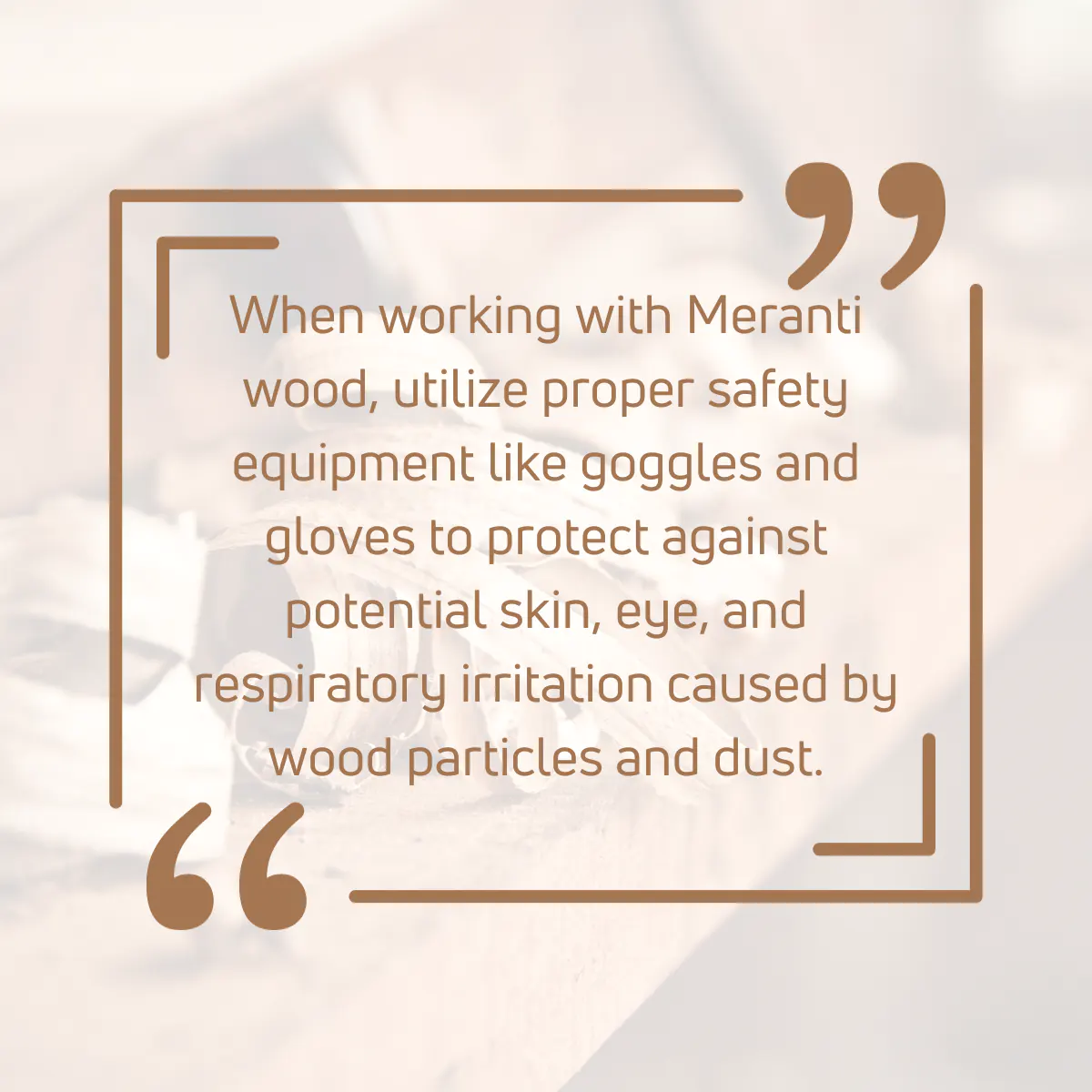
5. Hard To Identify
Meranti wood species are almost the same in their properties and it’s so hard to identify which one fits most for our woodworking projects.
They’re more than 200 Meranti wood species that are used for different applications.
Here’re the top Meranti wood species that mostly use,
- Dark red Meranti
- Light red Meranti
- White Meranti
- Yellow Meranti
- Balau
Above Meranti wood species only differ slightly because of their color.
Other than that, all of them have similar properties and identification is extremely difficult.
If you are new to woodworking or Meranti wood, better to take help from your local stores to identify Meranti wood species that match your expectations perfectly without making a purchase.
Here’re the main differences between the above Meranti wood species in terms of color and hardness.
| Meranti Wood Species | Color | Hardness |
| Dark Red Meranti | Dark reddish / Purplish Brown | 800 lbf |
| Light Red Meranti | Pale straw to Dark Reddish | 550 lbf |
| White Meranti | Pale Yellowish orange | 1,050 lbf |
| Yellow Meranti | Yellow to Yellow brown | 700 lbf |
| Balau | Pale straw to Dark Reddish | 1,600 lbf |
As you can see they are almost the same even in appearance.
In terms of hardness, Balau is the hardest Meranti wood type while light red Meranti is the softest Meranti wood.
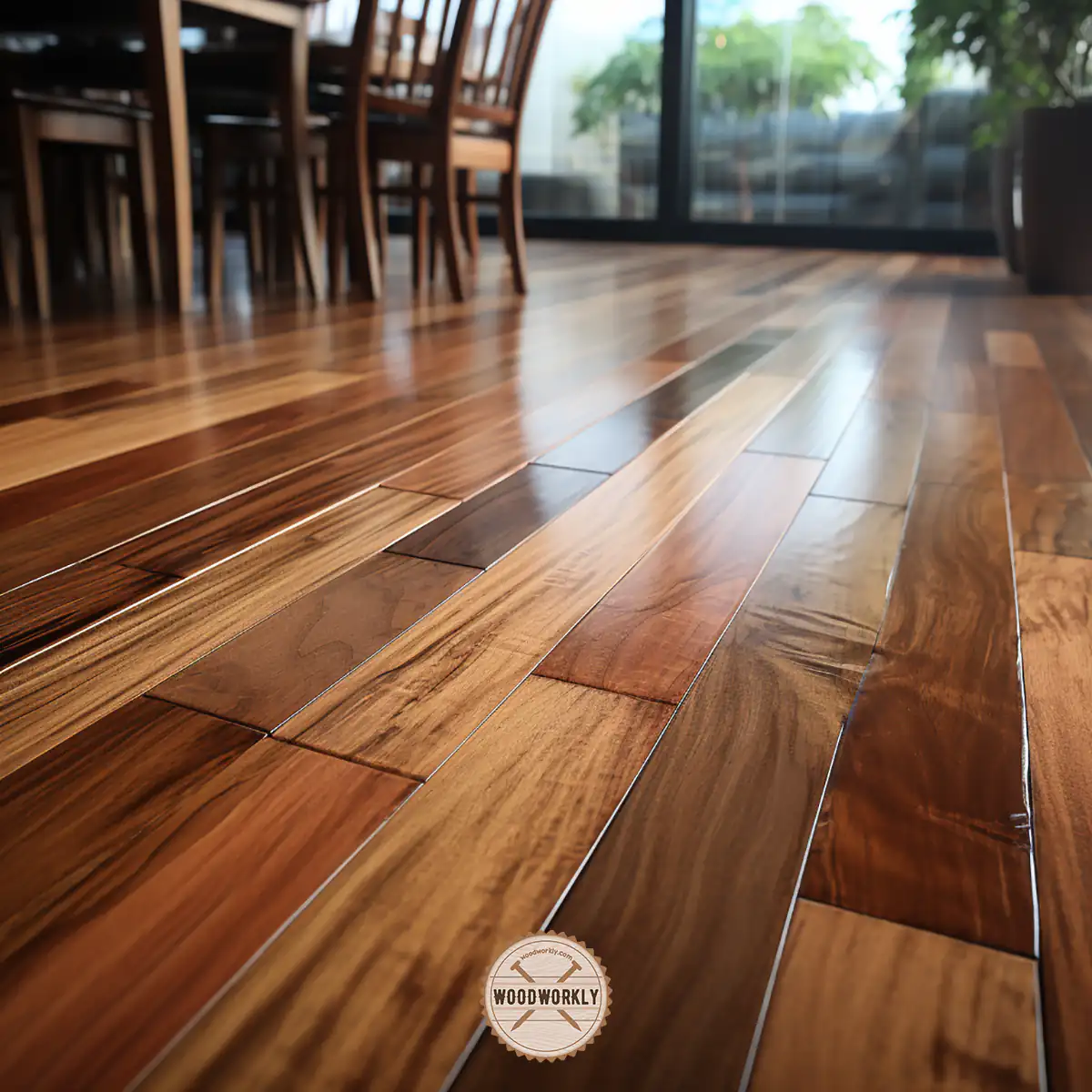
6. Poor Durability and Strength
Because of being soft and less dense, Meranti wood has poor durability.
Meranti wood cannot be used for building large constrictions and heavy uses since the wood will easily get damaged under pressure.
Meranti wood has weak compressive strength with 32.5 Mpsi (4,710 psi) which is significantly less than other hardwoods like 7,440 psi for Oakwood and 8,170 psi for Birch.
Meranti wood is considered a durable 3 – 4 category that can only live about ten years even with proper finishing and regular maintenance.
In order to increase the durability of Meranti wood, wood preservatives (a mixture of diesel and cresol) are added to the wood.
if you use Meranti wood for outdoor woodworking projects, their lifetime gets significantly reduced due to environmental impacts like moisture, harsh weather conditions, insect attacks, and much more.
Even though Meranti wood has a beautiful appearance with quality features it cannot compete with other hardwoods because of its poor durability and strength.
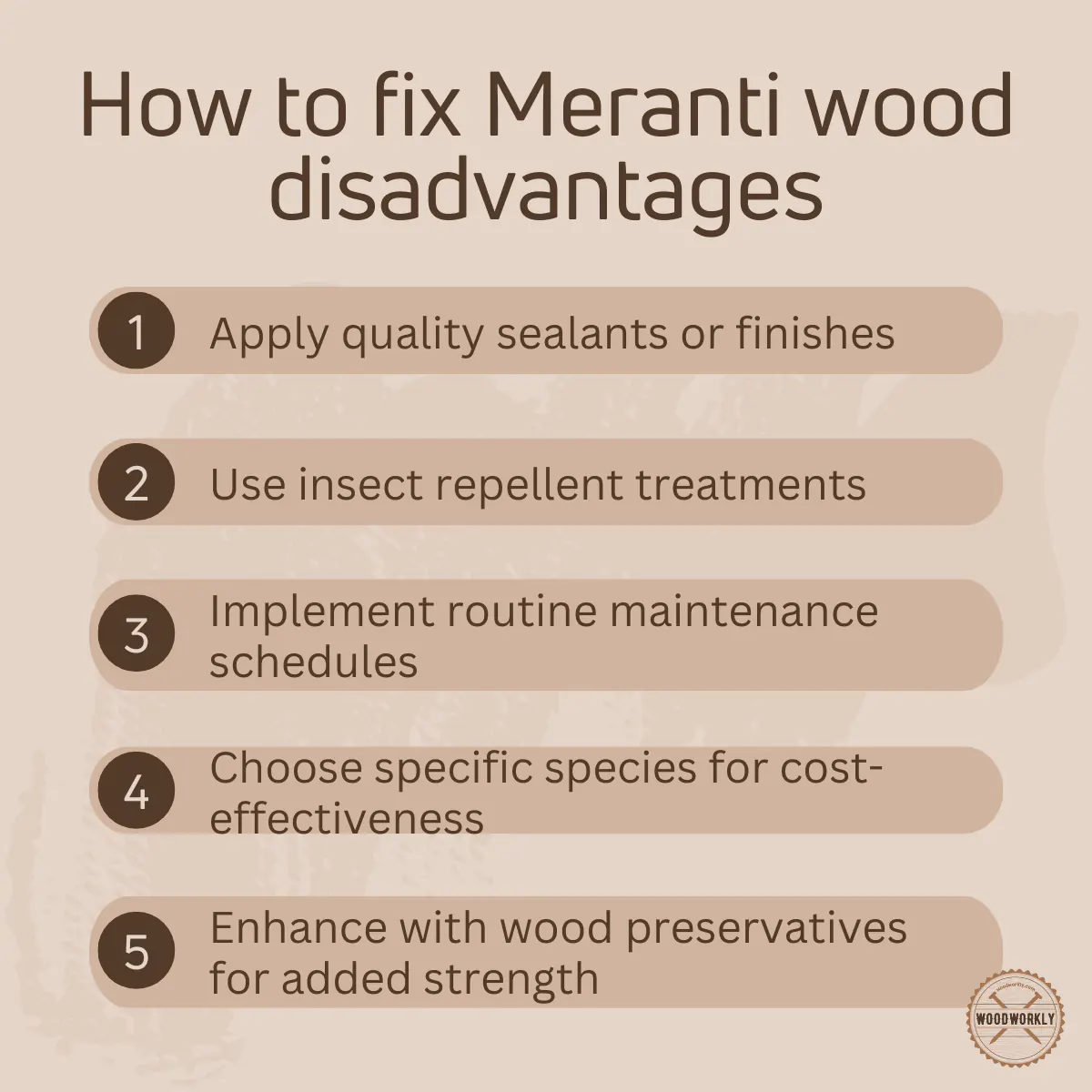
That’s it, folks, now you have a clear deep knowledge about Meranti wood disadvantages in detail.
Let’s have a look at some related questions about Meranti wood which are important to know.
Is Meranti Wood Good for Outdoor Use?
Yes, Meranti wood is good for outdoor use only after treating with proper sealant or finisher. Without sealing or finishing Meranti wood will not last long outside for long enough.
By applying a sealer or finisher, Meranti wood is able to get properties from moisture, humidity, UV light, harsh weather conditions, temperature variations, and all other outdoor elements.
But even after applying a finisher, you need to pay more attention to the Meranti woodwork with regular maintenance to keep the protection consistent.
Here are some outdoor uses of Meranti wood,
- Outdoor furniture
- Patio Furniture
- Windows
- Outdoor flooring
Better not to use Meranti for fencing since moisture can directly go into the wood through the ground even after finishing the wood.
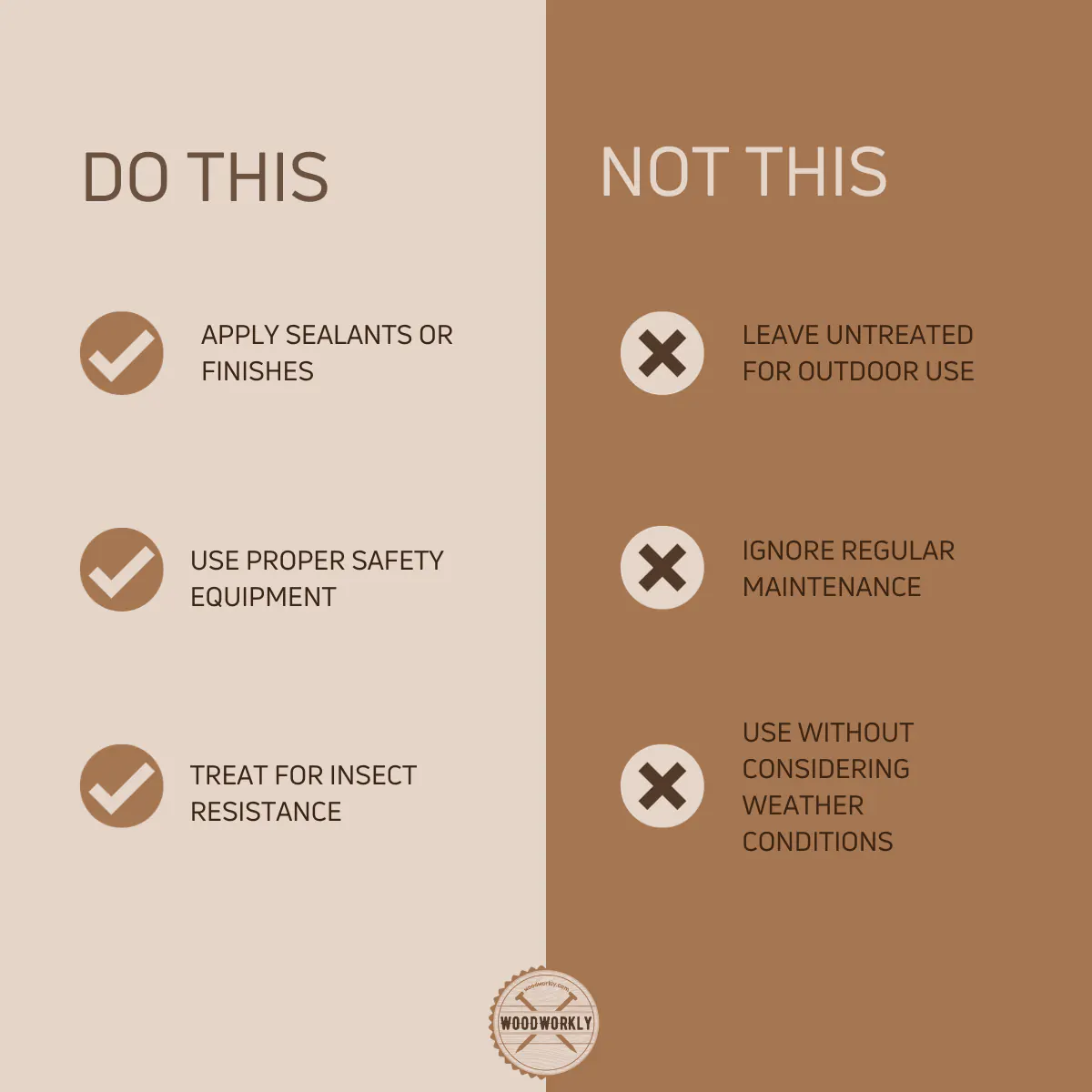
Is Meranti Wood Sustainable?
Meranti wood is sustainable because of carbon offset and sequestration. But overexploitation makes Meranti wood unsustainable.
Therefore, it is important to keep a balance in growing, manufacturing, transporting, usage, and end-of-life of Meranti wood o keep it sustainable and environmentally friendly.
Meranti tree rooting system has carbon storage and carbon sequestration. Therefore, growing Meranti wood in tropical forests is a sustainable approach.
Is Meranti Wood Toxic?
Meranti wood is non-toxic, and it can use pretty much for any interior and exterior woodworking project.
But when working with Meranti wood you need to be careful since the wood can cause eye, skin, and throat irritation due to small wood and dust particles.
Always wear goggles, and latex gloves and use proper dust collection pipes to remove dust as soon as they are created before building up more. Use well-ventilated areas to work with Meranti wood to get protected from breathing problems.
Is Meranti Wood Water Resistant?
Meranti wood is not water resistant. The wood is susceptible to water damage. Water can easily get into the wood through its soft fiber structure and cause wood to rot and decay eventually.
In order to make Meranti wood water resistant, apply proper sealant or finisher that repels water.
Finishing coats prevent water from going inside the wood and help to increase the wood’s durability.
Therefore, finishing and sealing the Meranti wood before use is essential to build a water-protective shield over the wood.
Does Meranti Wood Rot?
Yes, Meranti wood rot when moisture penetrates inside the wood. in order to prevent Meranti wood from rotting, apply a proper sealer or finisher.
Or you can restore Meranti wood by removing rotted areas of the wood.
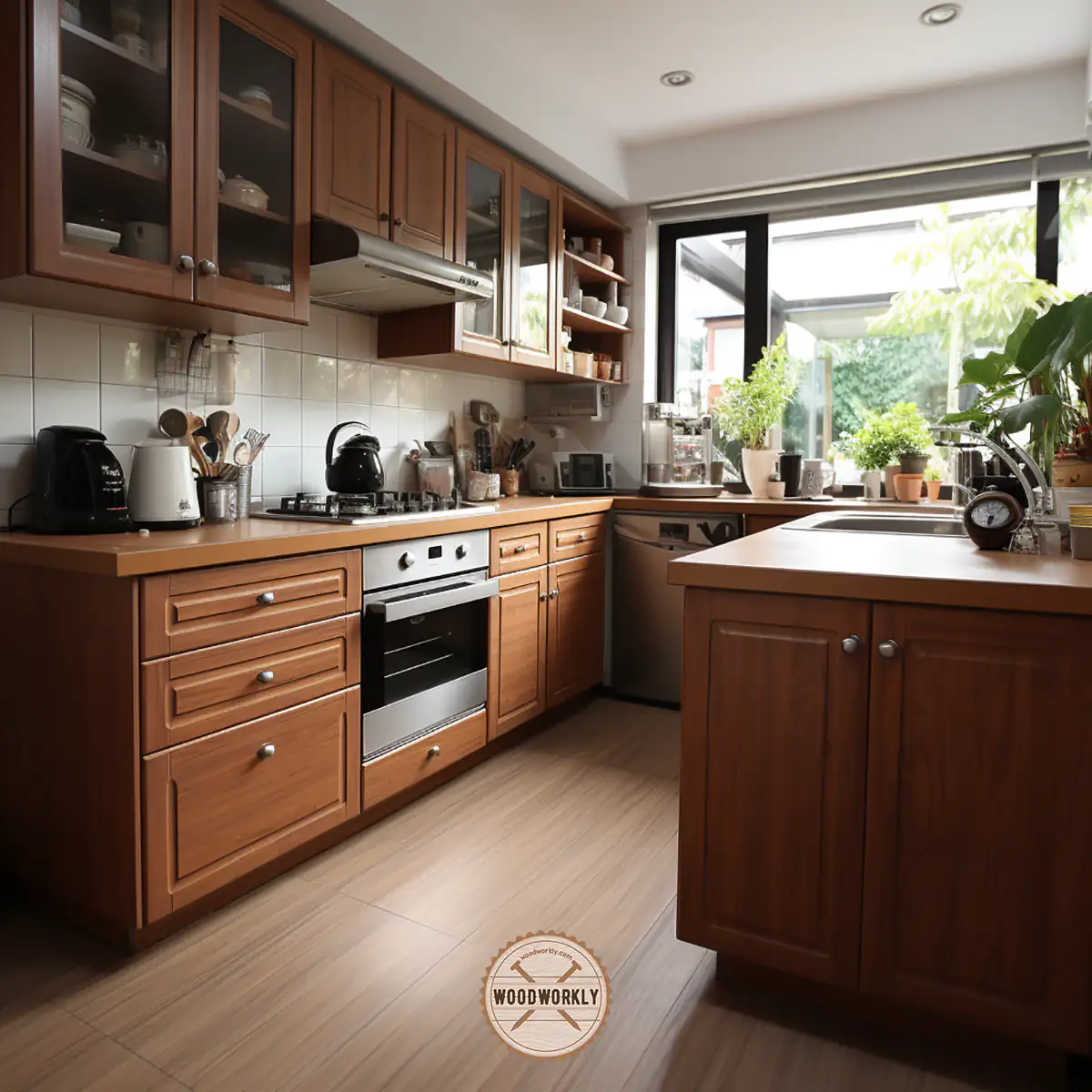
Let’s focus on frequently asked questions about Meranti wood.
FAQs
Why is Meranti Wood Expensive?
Meranti wood is costly due to its limited availability and unique characteristics like its deep red hue with purple undertones. Its aesthetic appeal and rarity place it in a more premium category compared to other soft hardwoods.
Is Meranti Wood Weather Resistant?
No, Meranti wood is not naturally weather-resistant and can suffer damage from various environmental conditions, including moisture and extreme temperatures. However, applying sealants and finishes can enhance its resistance to these elements.
How Can I Protect Meranti Wood from Insects?
Meranti is prone to insect attacks, but applying chemical treatments or oil finishes like tung, teak, or Danish oil can repel insects. These applications create a protective barrier that deters insects and prevents damage.
Does Meranti Wood Require Regular Maintenance?
Yes, due to its soft and less dense nature, Meranti wood requires routine maintenance, including the reapplication of sealants or finishes annually, to maintain its appearance and structural integrity.
Is Meranti Wood Sustainable?
Meranti wood contributes to carbon storage and sequestration but needs responsible forestry practices to be considered sustainable. Ethical harvesting and management ensure the wood’s ecological benefits are maximized.
Is Meranti Wood Toxic?
Working with Meranti wood requires precautions as it can cause eye, skin, and respiratory irritation. Ensuring a well-ventilated workspace and wearing protective equipment can mitigate these risks.
Is Meranti Wood Water Resistant?
Meranti is not naturally water-resistant and is vulnerable to water damage. Applying a quality sealant or finish can effectively shield the wood from moisture and enhance its lifespan.
Does Meranti Wood Rot?
Yes, Meranti wood is susceptible to rot when exposed to moisture, but preventive measures, including the application of sealants or finishes, can effectively guard against water damage and decay.
How Durable is Meranti Wood?
Meranti wood’s durability is limited due to its softer and less dense nature. However, combining it with wood preservatives can increase its resistance to environmental factors and enhance its lifespan.
Did I cover all you wanted to know about: Meranti Wood Disadvantages?
In this article, I’ve deeply discussed Meranti wood disadvantages in detail and how to fix those issues with simple tips and tricks.
Meranti wood disadvantages include its lack of natural weather resistance, susceptibility to insect attacks, and requirement for regular maintenance. It’s also expensive and can be hard to distinguish due to the variety of species. Additionally, Meranti has poor durability and strength compared to other hardwoods.
Furthermore, I’ve answered some frequently asked questions as well.
Hope you have gained good knowledge about Meranti wood disadvantages with correct foxes.
Let’s try Meranti wood for your next woodworking project and try to minimize its drawbacks and get the maximum from its benefits.
Happy woodworking with Meranti wood!